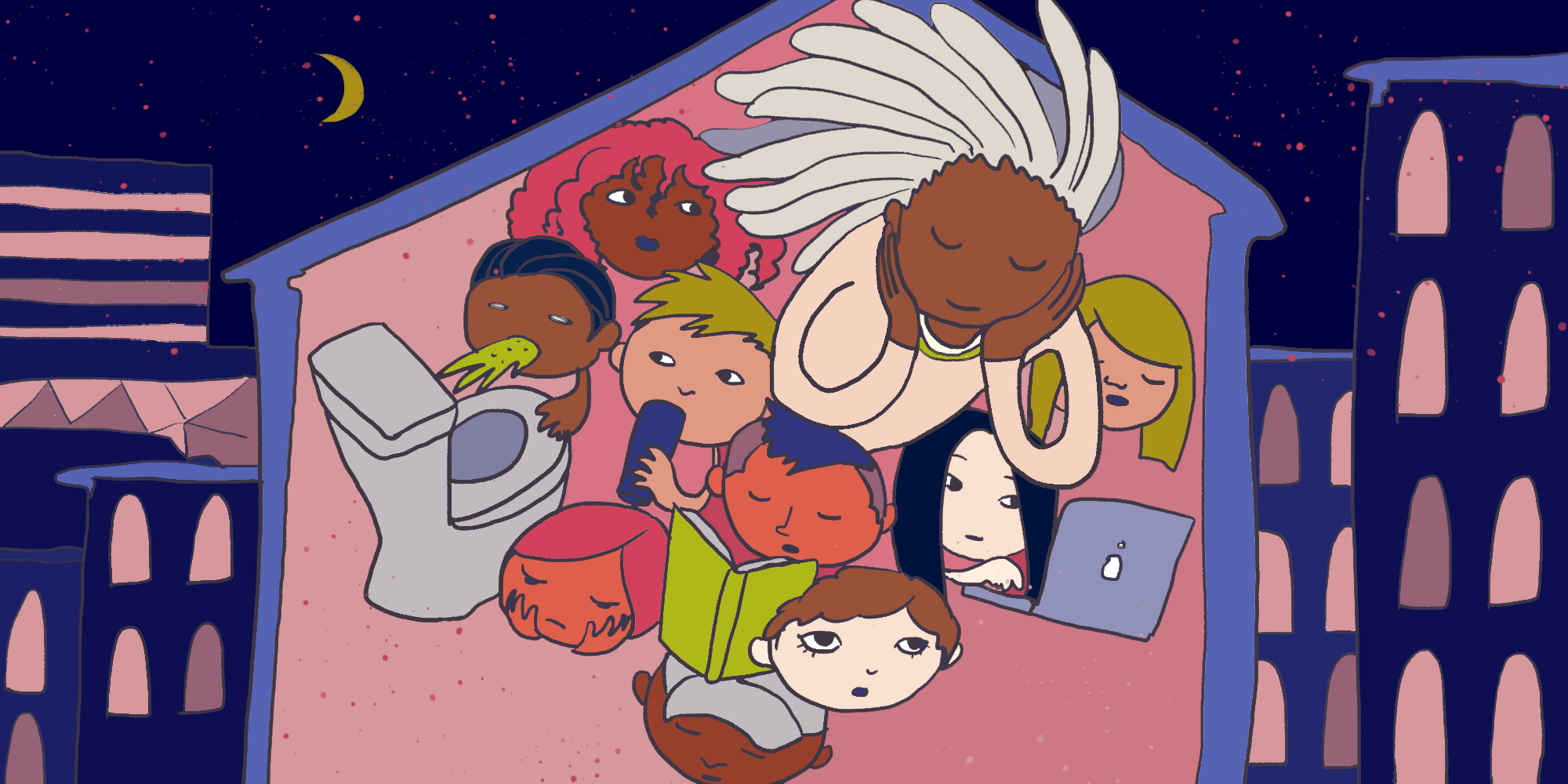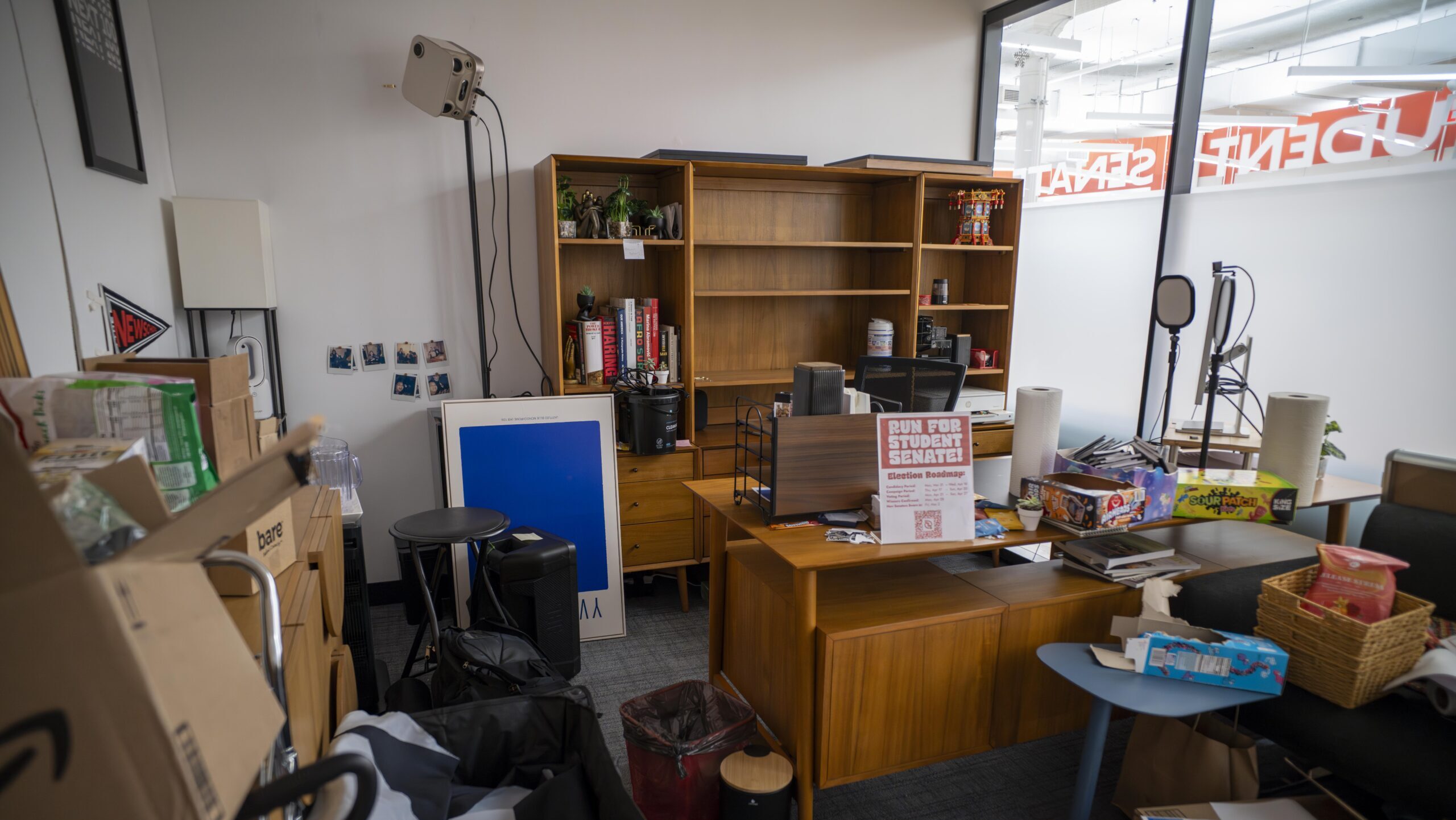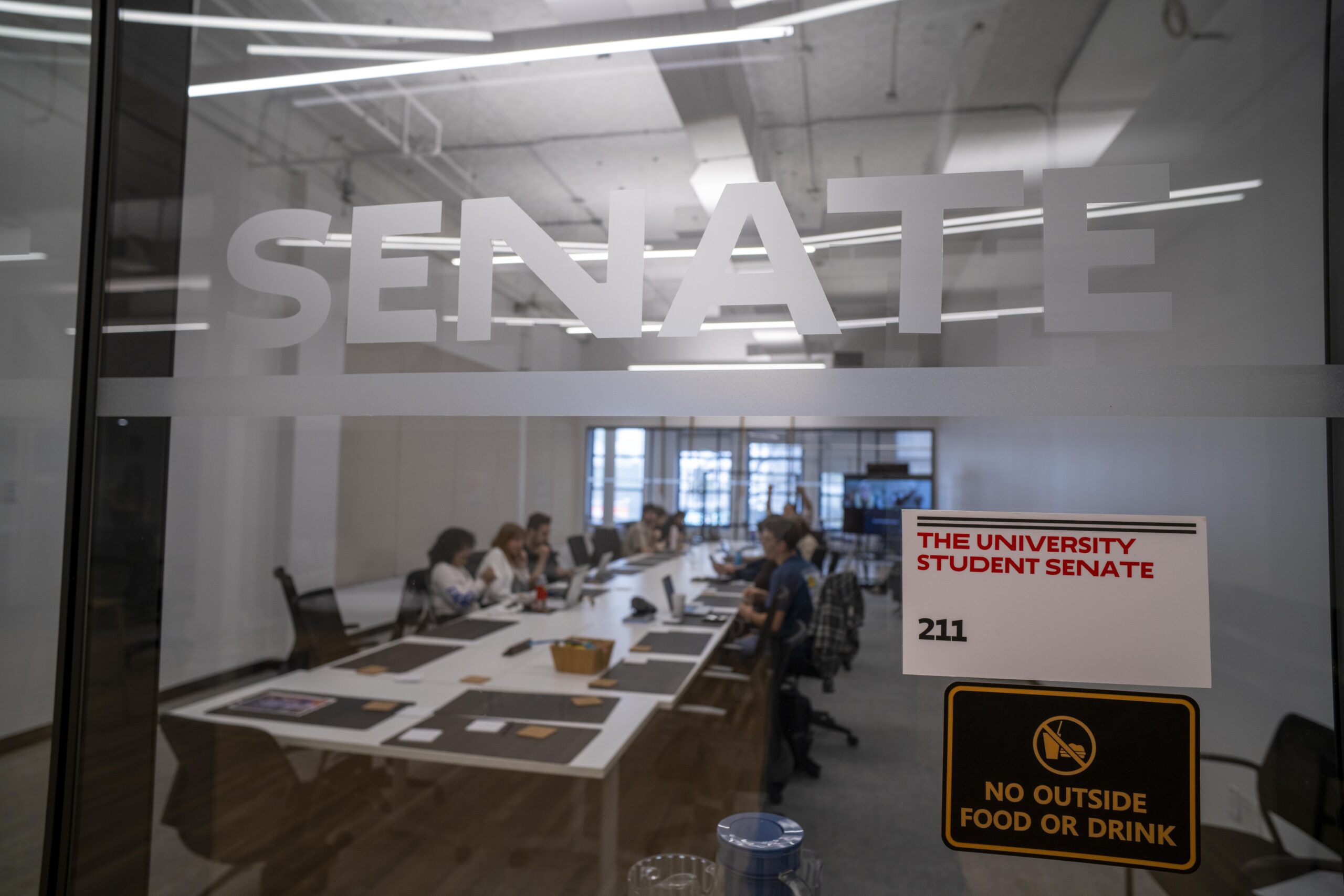Jeion Green, a transfer senior at The New School, decided to become a resident advisor for the dorms after being homeless.
“I wanted to make sure that I was able to produce a community that was different than what I experienced while I was homeless.” zi said (“zi” is Green’s gender pronoun). Green wanted to make people feel welcome, bring people together, and wanted to be the face of that task.
Building community is one aspect of an RA’s job. But RAs must also be able to calm tensions between students, enforce discipline, support those who have personal problems, and be ready to act in emergencies. Along with these responsibilities, they have to manage their own college experiences and obligations.
Marsha Dawson, the Associate Director of Residential Education, has suggestions for future RAs. “Be prepared for the unknown,” she said. Dawson explained that it is important for RAs to be engaging, to be willing to build communities, and to be prepared to work as a team. “Find out how to put yourself first, because [only] then you can help others,” she said.
“Not everyone is cut out for being an RA. Students need to be comfortable in their own skin, and be comfortable in enforcing rules,” said Pat Pellicano ’11, who had been an RA from the ages of 19 through 22. The selection process for RAs is rigorous. After submitting an application, a resume, and a cover letter, a committee consisting of a few RAs and other housing staff, reviews the candidates. A certain number of candidates are selected to be interviewed, and the interviews take about two weeks.
The next step is called “Group Process,” where candidates are placed into groups of ten or twelve. Each group visits about four different rooms, and they are observed by professional staff, and returning RAs, while they complete four different activities. Examples of these activities are designing an ideal residence hall, or choosing their RA staff. Once this is completed, the candidates are debriefed. The goal of this exercise is to see how candidates are able to continue being themselves while working in a group, how they are able to process information, and how they are able to connect these ideas with the RA position itself, Dawson said.
From this testing, two sets of RAs are chosen. The first group are the chosen RAs, and the second group are “RA Alternates.” The chosen RAs move onto training, which ranges from learning how to build communities, to confrontation & mediation training, in which trainees practice self awareness in order to best confront situations, and use the appropriate language to de-escalate hostile situations.
RAs are given a single room, an annual stipend of $1900, and an $800 meal plan each semester. $350 of the meal plan is available as Newcard Cash, a program in which students can use their IDs to pay for food in the cafeteria, vending machines on campus, certain laundry machines in the dorms, and can be used to pay at some local businesses. In addition to being paid, RAs get housing for free.
Katherine Delgado ‘10, another former RA, was drawn to the financial benefits of the position. “I needed a job, and I couldn’t afford the school, and I couldn’t afford housing,” Delgado said.
“The financial incentives for becoming an RA were enticing. The fact that room and board was covered was appealing and necessary because that was very expensive,” Pellicano said.
Along with the financial advantages, resident advisors enjoy other benefits for taking the job.
Dawson said she often hears RAs say they “would never have become friends with certain residents without this job opportunity.”
However, working as an RA has its challenges. “If you ever live with a roommate, you can basically just imagine what might occur if that new person is in a new environment, in New York City for the first time, their hormones are raging, and they are away from their parents for the first time,” Pellicano said.
During his time as an RA, Pellicano had a serious situation with one of his roommates where he had to use his RA training in order to try to resolve it. “I had this one roommate who would get high in the room, and also come back absolutely wasted sometimes. I tried to talk to him, and filed reports as protocol. He wouldn’t open up. There were instances where he would throw up in my sink. Eventually he was removed from the dorm,” he said.
Pellicano also described another difficult situation that occurred in his dorm. “There was one instance where a resident passed away. It wasn’t on my floor, but you have to be aware how an event like that will affect everyone else in the building, or other stuff that is going in the world at large,” he said.
Despite the hardships that come along with the job, Pellicano reflected on how it affected him as a person. “It was a formative experience as a human being to live with 18-year-olds.”
Delgado said there were other benefits besides the financial compensation. “It can provide you with a lot of professional experience in a short amount of time that you might not get elsewhere,” she said. Delgado said that by working as an RA she learned skills such as team building, crisis response, and CPR.
“The downside is that you are always working, and there is really no way for the school to compensate that,” Delgado said.
Pellicano offered these words of advice to those hoping to become RAs, “I would recommend that you need to be comfortable in working with people when you yourself are not at your best.”
Illustration by Hazel Ng.







